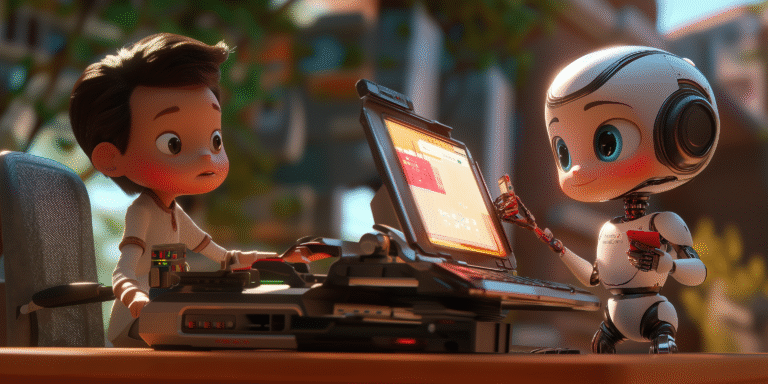Shiny Object Syndrome in AI: How to Focus on What Actually Moves the Needle
If you’ve spent any time in the AI and automation space, you know the feeling: A new tool drops. Everyone is talking about it. The YouTube videos roll in. Twitter (X?) is buzzing. And before you know it, you’re deep in a rabbit hole, testing, tweaking, and wondering: Is this the next big thing? Should I be using this instead of my current setup?
Welcome to Shiny Object Syndrome – the productivity killer of the AI age.
With AI evolving at breakneck speed, it’s tempting to chase every new model, automation platform, or workflow tweak. But the truth? Most businesses and creators don’t need to reinvent the wheel every month. Instead, they need focus: on what drives results, what improves efficiency, and what actually makes money.
Why AI Makes Shiny Object Syndrome Worse
AI and automation are built on innovation. Every week, a new model is cheaper, faster, better than the last. It’s easy to think, If I don’t adopt this now, I’ll fall behind.
But here’s the problem: Constantly jumping from one tool to another comes at a cost—time, effort, and stability.
- Switching Tools = Disrupting Workflows – Every time you shift platforms, you have to rebuild processes, retrain teams, and troubleshoot.
- More Complexity ≠ More Efficiency – Layering 15 AI tools together might seem cutting-edge, but does it really simplify your business?
- Tech Overload Can Kill Profitability – If you’re always experimenting, when do you actually implement and monetize?
- Learning Curve Fatigue – Every new tool comes with a learning curve. The more time you spend learning, the less time you spend executing.
- Frequent Upgrades & Compatibility Issues – AI tools constantly update, which can break existing workflows and create instability.
The 3-Question Framework for Avoiding Shiny Object Syndrome
Next time you’re tempted to adopt the latest AI tool, ask yourself:
1. Does this directly solve a problem I have right now?
- If you’re just experimenting “for fun,” that’s fine, but don’t let it replace productive work.
- Are you looking at this tool because of FOMO, or because it genuinely fills a gap?
2. Will this tool make a measurable difference in my results?
- Will it increase revenue, reduce time spent, or improve output quality? If not, it’s probably a distraction.
- Are there specific KPIs that this tool will improve, or is it just a nice-to-have?
3. Can I fully implement this without disrupting my existing systems?
- A tool is only as good as how well it integrates into your workflow. If adopting it requires a total overhaul, think twice.
- Will using this tool require retraining staff or changing existing systems?
How to Stay Focused in the AI Era
Instead of chasing every new AI breakthrough, focus on making what you already use work better.
✅ Master your current automation tools instead of switching platforms weekly.
✅ Optimize existing processes before adding complexity.
✅ Prioritize business impact over novelty: AI should support revenue, not just impress your peers.
✅ Set a review schedule: evaluate tools quarterly instead of constantly looking for the next best thing. ✅ Limit your experimentation time: dedicate a set number of hours per week to exploring new tools without disrupting your core work.
The Compounding Effect of Focus
Shiny objects will always be there. But the biggest wins come from deep work, consistent execution, and choosing the right tools, not all the tools.
Efficiency compounds, and the longer you stay focused on what works, the more of an advantage you build over competitors who are constantly chasing the next big thing.
So before you jump into the next AI hype cycle, take a step back and ask: Is this really what will move the needle for me?







